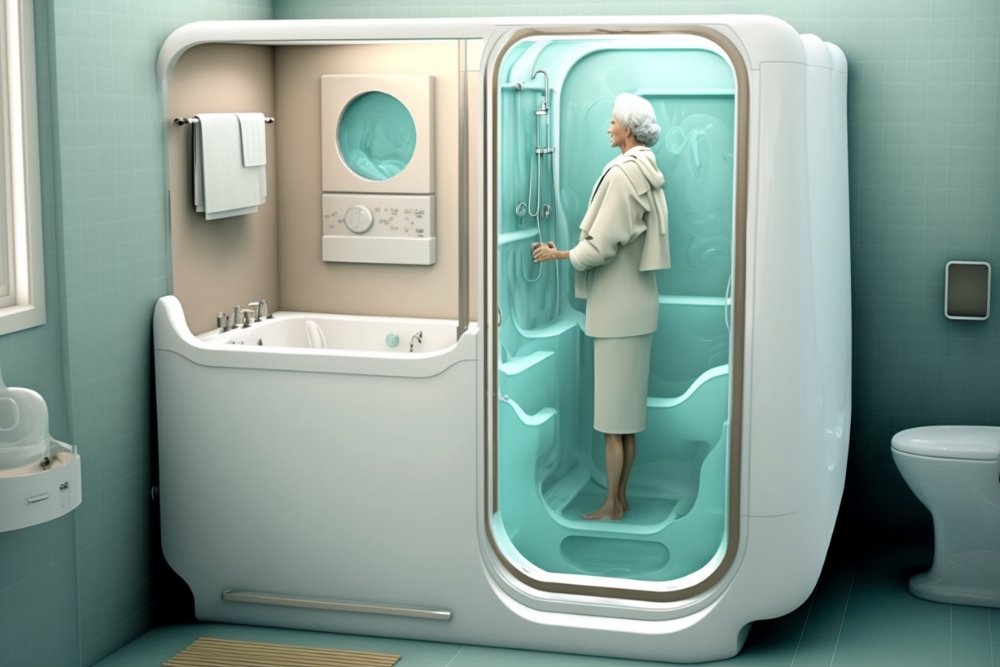When do you qualify for government‑funded bathroom upgrades in the UK
Bathroom grants in the UK provide essential financial aid for residents needing accessibility improvements. From the Disabled Facilities Grant to local council schemes, these opportunities help mitigate the costs of necessary modifications. With support available from organizations like Foundations and the role of occupational therapists, individuals can effectively navigate the application process and enhance their living spaces.

Understanding Bathroom Grants in the UK
The primary source of government funding for bathroom adaptations comes through the Disabled Facilities Grant (DFG), administered by local authorities across England, Wales, and Northern Ireland. Scotland operates a similar scheme through local councils. These grants specifically aim to help disabled individuals make their homes more accessible and safer to navigate.
The DFG covers essential adaptations that enable independent living, including walk-in showers, level access showers, grab rails, accessible toilets, and improved lighting. The maximum grant amount varies by region, with England offering up to £30,000, Wales up to £36,000, and Northern Ireland up to £25,000. Local authorities assess each application individually, determining both eligibility and the extent of funding required.
Available Grants and Eligibility Criteria
Eligibility for bathroom upgrade grants depends on several key factors. You must be disabled, elderly, or have a health condition that makes your current bathroom unsafe or difficult to use. The disability can be physical, sensory, or cognitive, and you don’t necessarily need to be registered as disabled to qualify.
Income testing applies for those over 18, though the assessment considers your ability to contribute rather than completely fund the adaptations yourself. Children and young people under 18 are automatically exempt from means testing. Additionally, you must be the owner-occupier, a tenant with landlord permission, or living in accommodation where you have security of tenure.
The proposed adaptations must be deemed “necessary and appropriate” by the local authority, and “reasonable and practicable” considering the property’s age and condition. Priority is typically given to urgent cases where individuals face immediate safety risks or cannot perform essential activities without assistance.
The Role of Occupational Therapists
Occupational therapists play a crucial role in the bathroom grant application process. These healthcare professionals assess your specific needs and recommend appropriate adaptations based on your disability, health condition, and daily living requirements. Their assessment forms the foundation of your grant application.
The occupational therapist will visit your home to evaluate your current bathroom setup and identify barriers to safe, independent use. They consider factors such as mobility limitations, balance issues, cognitive difficulties, and any assistive equipment you currently use. Based on this assessment, they prepare detailed recommendations specifying the adaptations required and their priority level.
Local authority occupational therapists typically conduct these assessments, though some areas work with NHS or independent practitioners. The assessment process usually takes several weeks, and the resulting report directly influences both your eligibility and the scope of approved adaptations.
Financial Support Beyond Government Grants
While government grants provide the primary funding source for bathroom adaptations, additional financial support may be available. Some local authorities offer discretionary grants beyond the DFG limit for exceptional cases or provide interest-free loans for elements not covered by the main grant.
Charitable organizations and foundations sometimes offer supplementary funding for disabled individuals requiring home adaptations. Veterans may access specialized support through military charities, while condition-specific organizations occasionally provide grants for bathroom modifications related to particular disabilities or health conditions.
Some individuals combine grant funding with personal contributions to achieve more comprehensive bathroom renovations, extending beyond basic accessibility requirements to include aesthetic improvements or additional features not covered by statutory grants.
Application Process for Bathroom Upgrades
The application process begins by contacting your local authority’s housing adaptation team or adult social services department. Many councils provide online application forms, though you can also request paper applications or receive assistance completing the paperwork if needed.
Your application must include detailed information about your disability or health condition, current living situation, and specific difficulties you experience with your existing bathroom. Supporting documentation from healthcare professionals strengthens your application, particularly reports from GPs, consultants, or physiotherapists detailing your condition’s impact on daily activities.
Once submitted, the local authority arranges an occupational therapy assessment and means test if applicable. Following approval, they obtain quotes from approved contractors and manage the adaptation work. The entire process typically takes several months, though urgent cases may receive expedited processing.
| Service | Provider Example | Typical Cost Range |
|---|---|---|
| Walk-in Shower Installation | Local Authority Approved Contractors | £3,000 - £8,000 |
| Level Access Shower | Specialist Bathroom Adaptors | £4,000 - £10,000 |
| Accessible Toilet Installation | Council-Approved Installers | £1,500 - £4,000 |
| Grab Rails and Safety Features | Adaptation Specialists | £200 - £1,000 |
Prices, rates, or cost estimates mentioned in this article are based on the latest available information but may change over time. Independent research is advised before making financial decisions.
Government-funded bathroom upgrades provide essential support for disabled and elderly individuals requiring accessible home adaptations. Understanding the eligibility criteria, application process, and available funding options helps ensure you receive appropriate assistance when standard bathroom facilities no longer meet your needs safely and independently.




